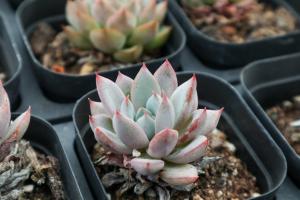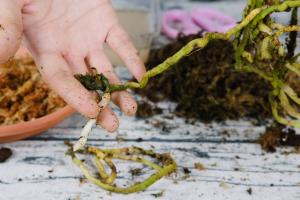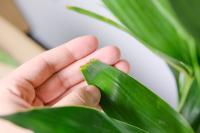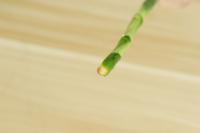1、 Natural enemies of aphids
It has many natural enemies, such as seven star ladybird, two star ladybird and heterochromatic ladybird. They eat aphids all their life. A ladybird can eat 138 aphids a day, which can be described as the bane of aphids. There are also sandflies, aphid flies, leopard spiders, black aphid bugs and so on. Among them, the amount of aphid eating flies is larger than that of ladybugs. They are experts in aphid predation

2、 What if there are aphids
1. Protection of natural enemies: since we know the natural enemies of aphids, we must protect their natural enemies if we want to better control aphids. During the management of crops or plants, it is necessary to spray as few broad-spectrum pesticides as possible, especially during the peak period of natural enemy activities. If conditions permit, it is also possible to artificially raise natural enemies that release aphids

2. Artificial control: in autumn and winter, the base of the trunk can be whitewashed to avoid aphids laying eggs. We should also combine pruning to cut off the residual flowers and the injured branches and ends and burn them. After falling leaves, the residual branches and fallen leaves will be cleared away to reduce the overwintering eggs. When a small amount of aphids are found at ordinary times, brush them off with a brush dipped in water

3. If drugs are found to control aphids, they should be sprayed in large quantities. Choose imidacloprid, marathon emulsion or Pirimicarb as the drug. You can also spray it with chili water and washing powder, and the effect is also better. Attention: when spraying, it is best to add an appropriate amount of soapy water to increase the adhesion and improve the effect

 How to quickly remov...
How to quickly remov... What is xiaoheifei? ...
What is xiaoheifei? ... Effective methods of...
Effective methods of... How to eliminate the...
How to eliminate the... What if there are an...
What if there are an... What's the use of bu...
What's the use of bu... Do tulips have insec...
Do tulips have insec...































